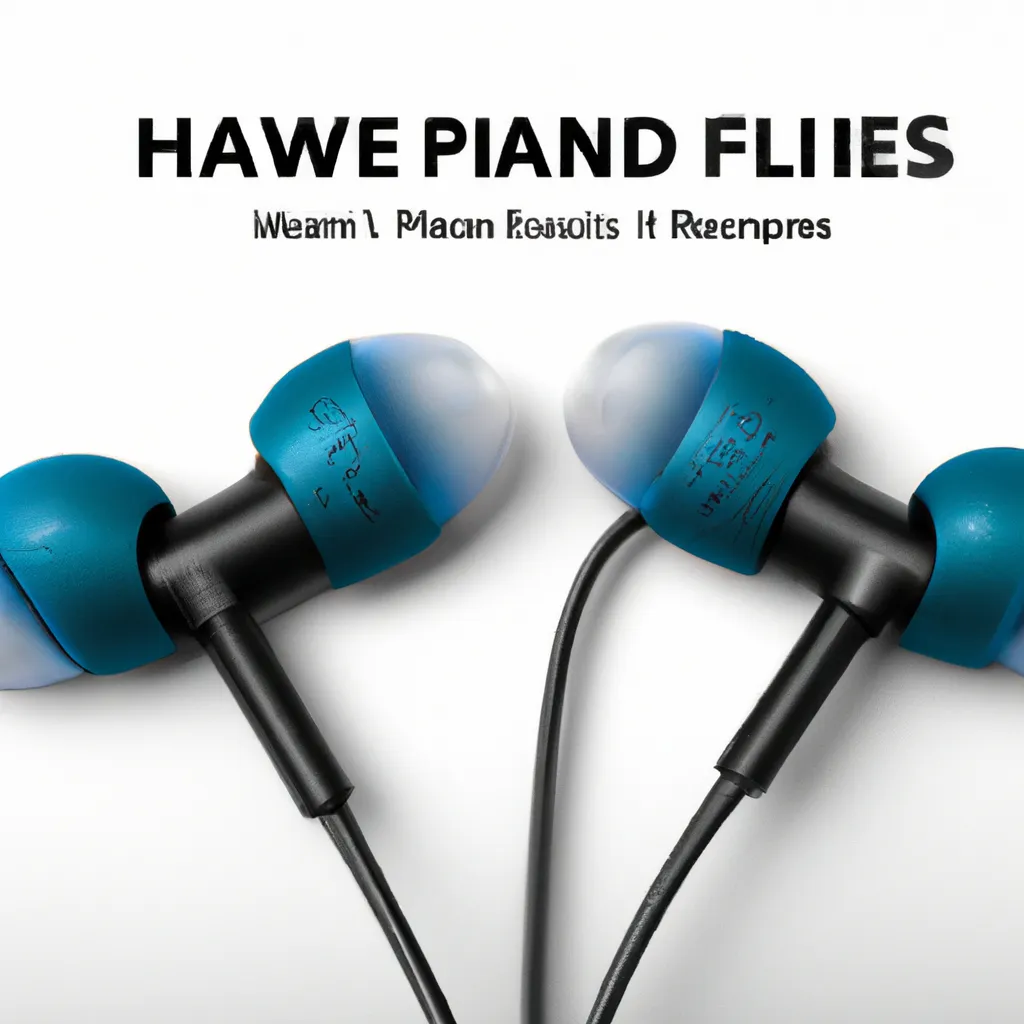Huawei est dans le jeu de l’audio intra-auriculaire depuis un certain temps, proposant une gamme variée de styles et de formes dans le marché des bouchons sans fil. Au début de cette année, il a lancé une paire de Freebuds inhabituelle en forme de haricot, mais pour sa gamme phare, les Freebuds Pro, il a adopté une forme plus conventionnelle. J’ai testé les Freebuds Pro 3 pendant quelques semaines et ils offrent de nombreuses capacités haut de gamme dans un produit qui ne coûte pas la terre. Ce ne sont pas parfaits, mais ils ont l’air géniaux. Les derniers écouteurs phares de Huawei produisent un excellent son dans toutes les fréquences grâce à leur système de pilote double novateur. Avec la double certification Hi-Res audio à bord, ce sont une paire d’écouteurs très polyvalente. Ils seraient exceptionnels avec une meilleure ANC et une meilleure autonomie. Les derniers écouteurs intra-auriculaires phares de Huawei sont disponibles à l’achat dès maintenant, leur prix de départ étant d’environ 220 $ aux États-Unis/Amérique du Nord ou 169 £ au Royaume-Uni. Trois couleurs sont disponibles : Ceramic White, Silver Frost (gris foncé) et vert. Le modèle vert est la version photographiée pour cet examen, vous verrez qu’il s’agit d’un vert très subtil, plus argenté/gris. Du point de vue pur du design, il n’y a pas vraiment de changement lorsque l’on compare les Freebuds Pro 3 à leurs prédécesseurs, les Freebuds Pro 2. Cela signifie que vous aurez toujours la même forme arrondie incurvée qui s’adapte bien à l’intérieur de l’oreille, le même embout en silicone pour obturer le conduit auditif et la même tige cuboïde qui dépasse de l’oreille. C’est le look Freebuds Pro et cela signifie qu’ils se démarquent au moins un peu parmi la multitude d’écouteurs très similaires proposés par d’autres entreprises. La tige comporte également une zone sensible au toucher que vous pouvez faire glisser pour ajuster le volume, appuyer pour mettre en pause/rejouer et appuyer et maintenir enfoncé pour activer/désactiver les fonctions de réduction du bruit ou de transparence. Même la boîte de chargement est presque identique à celle de la dernière fois. Elle est principalement en plastique et prend une forme en forme de capsule confortable et agréable à tenir. Connexes : Huawei Freebuds Pro 2 review : Buff up Huawei’s product page – quite unusually – describes it as a ‘glass case’ which it very definitely isn’t, unless my senses are way off. The case is plastic, and as far as I can see, there’s one small square of glass where the Huawei logo is on the back, but I cannot imagine why the brand decided that was worth such a mention. It’s still a well-designed case because it’s easy to open and – more importantly – easy to remove the buds from. It takes no effort or concentration to lift the buds from their silos. They’re also IP54 splash and dust-resistant, so they can cope if you get caught in the rain or get a little sweatier. For the most part, the buds are comfortable to wear. I could wear them for 2-3 hours at a time listening to music without too much trouble. Saying that I did feel something of a sensitive spot developing on the inside of my ear after a little while. It wasn’t so comfortable, then, that I could ignore them. I was always aware that they were in there. The buds are light though, at just 5.8 grams each, and they sit easily without any feeling of weight dragging them down. I’d sometimes have to adjust them as the silicon tip slipped a little, but it wasn’t a major problem. But it does mean that I wouldn’t recommend them for working out or running. It’s hard to get too excited by the battery life of the Freebuds Pro 3. Not because it’s terrible, but more because I’ve tested earbuds recently that can go much longer on a full charge than what Huawei’s buds can manage. These particular buds will do a maximum of 4.5 hours of music playback when full, outside the case, when you’re using the ANC. If ANC is switched off, that increases to 6.5 hours, but – obviously – means you’re sacrificing the noise-cancelling abilities of the buds. Compare that to the Master & Dynamic MW09 – which can do more than 12 hours outside the case before needing to be placed back again – and it’s really nowhere near market-leading. It’s not particularly bad either though. In fact, it’s pretty standard performance, considering AirPods Pro do around 5-6 hours on a full charge as well. And also considering, there’s rarely a time when you would want to listen to music for more than 2-3 hours in one sitting. It’s not a big deal, but it’s not the best. General performance and connectivity are solid enough too. I’d often walk a couple of rooms away from my source device, and the buds kept their connection and kept streaming music without any breaks. Similarly, the in-ear detection works well, pausing and playing music almost instantly. One other issue, is that if you want to control any of the features of the earphones – like EQ, checking battery levels and such – you need to download the AI Life app, which isn’t available on the Google Play Store for Android devices, but is on the App Store for iPhones. However, with the added convenient features you get from using AirPods with an iPhone – like easy connection and pairing, ‘Hey Siri’ support and personalised Spatial Audio – it’s hard to imagine anyone buying Huawei’s buds over the Apple-made option if they use an iPhone. What I really liked about the Freebuds Pro 3 in my testing – done mostly with them set to Huawei’s ‘default’ EQ setting –

Les Problèmes Communs Rencontrés par la Société dans l’Utilisation Efficace des Derniers Développements de l’Intelligence Artificielle
Les Problèmes Communs Rencontrés par la Société dans l’Utilisation Efficace des Derniers Développements de l’Intelligence Artificielle Introduction L’intelligence artificielle (IA)








